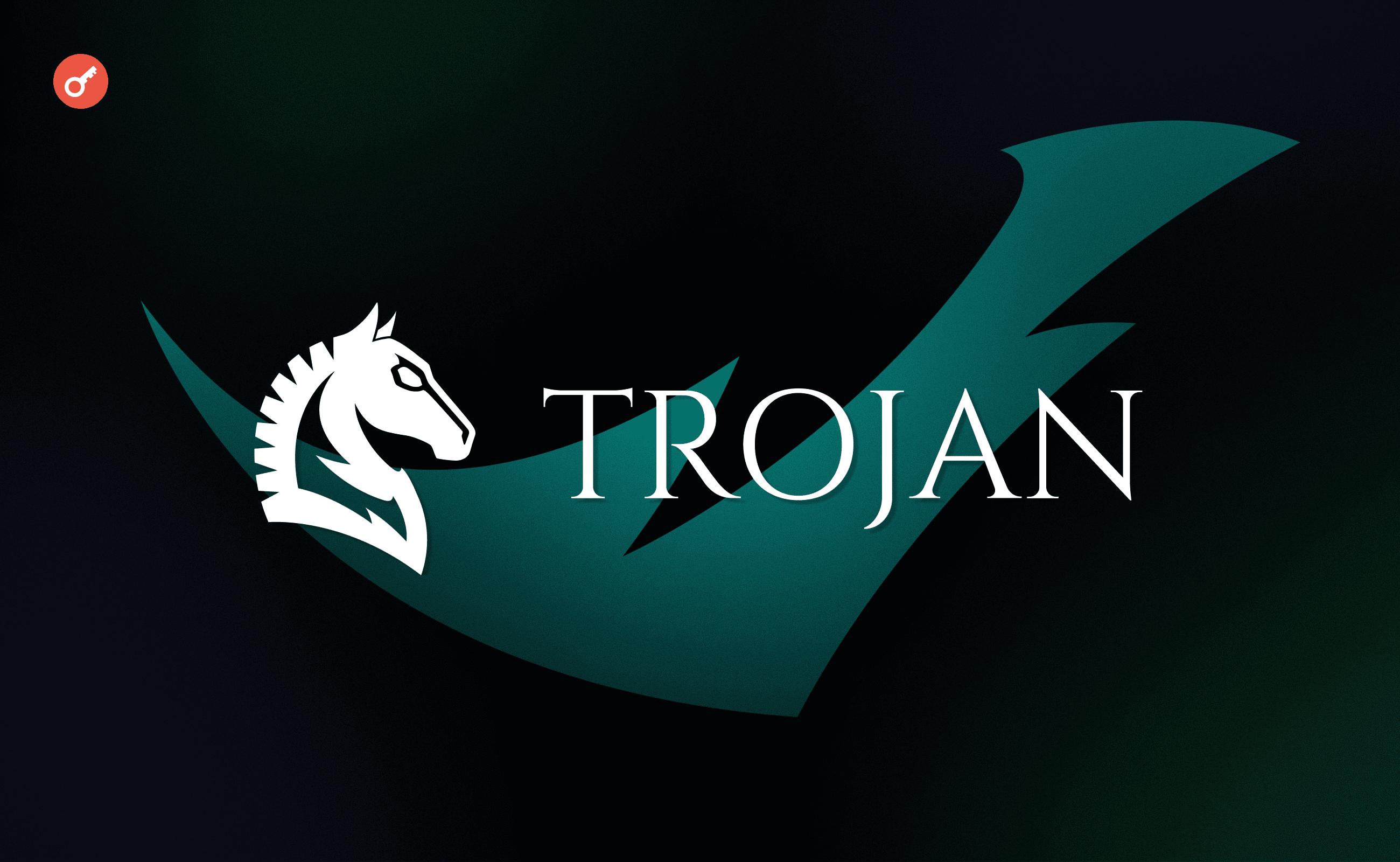Unveiling The Artemis!Trojan: A Deep Dive Into Its Origins, Threats, And Solutions
So, you've probably heard about Artemis!Trojan, right? If you haven’t, don’t sweat it. This sneaky little piece of malware has been making waves in the cybersecurity world, and we’re here to break it all down for you. Artemis!Trojan is no ordinary virus; it’s like the ninja of digital threats, lurking in the shadows, ready to strike when you least expect it. In this article, we’ll peel back the layers and give you the inside scoop on what it is, how it works, and most importantly, how to protect yourself from it.
Now, before we dive headfirst into the nitty-gritty details, let’s get one thing straight: Artemis!Trojan isn’t just some random code floating around the internet. It’s a sophisticated piece of malware designed to infiltrate your system, steal your data, and cause chaos. Think of it like a digital burglar sneaking into your house while you’re asleep. Scary, right? But fear not, because knowledge is power, and by the end of this article, you’ll be equipped with all the tools you need to keep your digital fortress safe.
Why should you care about Artemis!Trojan? Well, in today’s digital age, where everything from your bank account to your favorite streaming service is just a click away, cybersecurity is more important than ever. This isn’t just about protecting your data; it’s about safeguarding your identity, your privacy, and your peace of mind. So, buckle up, grab a coffee, and let’s take a deep dive into the world of Artemis!Trojan.
What Exactly Is Artemis!Trojan?
Let’s start with the basics. Artemis!Trojan is a type of malicious software, or malware, that sneaks into your computer or mobile device without your permission. It’s like an uninvited guest who shows up at your house and starts rifling through your drawers. But instead of stealing your socks, it’s after your personal data, login credentials, and financial information.
One of the things that makes Artemis!Trojan so dangerous is its ability to fly under the radar. Unlike some malware that makes its presence known by crashing your system or slowing down your device, Artemis!Trojan operates silently, gathering information and sending it back to its creators without you even realizing it’s there. It’s like a spy in your digital world, and it’s not there to help.
How Does Artemis!Trojan Work?
Alright, so now that we know what Artemis!Trojan is, let’s talk about how it works. When you download an infected file or click on a malicious link, the trojan installs itself on your device. Once inside, it starts doing its dirty work, which can include:
- Monitoring your keystrokes to capture sensitive information like passwords and credit card numbers.
- Accessing your files and folders to steal personal data.
- Creating backdoors that allow hackers to gain remote access to your device.
- Disabling security software to prevent detection and removal.
It’s like giving a burglar a key to your house and then turning off the alarm system. Not ideal, right?
Artemis!Trojan: The Origins
Every villain has an origin story, and Artemis!Trojan is no exception. This particular strain of malware first emerged on the scene a few years ago, and it’s been evolving ever since. It’s part of a larger family of trojans that are designed to exploit vulnerabilities in software and operating systems. Think of it as a digital arms race, where hackers are constantly developing new ways to bypass security measures, and cybersecurity experts are working overtime to stay one step ahead.
One interesting thing about Artemis!Trojan is its ability to adapt. Unlike some malware that becomes obsolete as new security patches are released, Artemis!Trojan has shown a remarkable ability to evolve and evade detection. It’s like a chameleon in the digital world, changing its appearance to blend in with its surroundings.
Who Is Behind Artemis!Trojan?
Now, here’s where things get a little murky. The identity of the people behind Artemis!Trojan remains a mystery. Some experts believe it’s the work of organized cybercriminals, while others think it might be state-sponsored. What we do know is that these hackers are highly skilled and well-funded, and they’re not just out for a quick buck. They’re in it for the long haul, and they’re constantly developing new ways to infiltrate systems and steal data.
How to Detect Artemis!Trojan
So, how do you know if your device has been infected with Artemis!Trojan? Unfortunately, there’s no one-size-fits-all answer to that question. Since this trojan is designed to operate stealthily, it can be tough to detect without the right tools. However, there are some signs you can look out for:
- Unexplained system slowdowns or crashes.
- Unexpected pop-ups or error messages.
- Strange activity in your browser, such as redirects to unfamiliar websites.
- Unexpected changes to your system settings or software configurations.
If you notice any of these symptoms, it’s a good idea to run a thorough scan of your system using a reputable antivirus program. And remember, prevention is always better than cure, so keep your software up to date and be cautious when downloading files or clicking on links.
Tools for Detecting Artemis!Trojan
When it comes to detecting Artemis!Trojan, having the right tools is crucial. There are several antivirus programs and malware scanners on the market that can help you identify and remove this threat. Some of the best options include:
- Malwarebytes: Known for its robust detection capabilities and user-friendly interface.
- Norton Antivirus: Offers comprehensive protection against a wide range of threats.
- Kaspersky Internet Security: Provides advanced threat detection and real-time protection.
These tools are like digital bouncers, keeping unwanted guests out of your system and ensuring your data stays safe.
Protecting Yourself from Artemis!Trojan
Now that we’ve talked about what Artemis!Trojan is and how it works, let’s talk about how to protect yourself from it. The good news is that there are several steps you can take to reduce your risk of infection:
- Keep your operating system and software up to date with the latest security patches.
- Use a reputable antivirus program and keep it updated regularly.
- Be cautious when downloading files or clicking on links, especially if they come from unknown sources.
- Enable two-factor authentication on all your accounts to add an extra layer of security.
Think of these steps as building a fortress around your digital world. The stronger your defenses, the less likely you are to fall victim to Artemis!Trojan or any other malware.
Best Practices for Cybersecurity
In addition to the steps mentioned above, there are some general best practices you can follow to improve your cybersecurity:
- Create strong, unique passwords for all your accounts and use a password manager to keep track of them.
- Be wary of phishing scams and never provide personal information in response to unsolicited requests.
- Regularly back up your important files to an external drive or cloud storage service.
- Stay informed about the latest threats and trends in cybersecurity so you can adapt your strategies accordingly.
By following these best practices, you’ll be well on your way to creating a secure digital environment that can withstand even the most sophisticated threats.
Artemis!Trojan: The Impact on Businesses
While Artemis!Trojan can be a nightmare for individual users, its impact on businesses can be even more devastating. Companies that fall victim to this malware can suffer from data breaches, financial losses, and damage to their reputation. In some cases, the consequences can be severe enough to put a business out of operation altogether.
To mitigate these risks, businesses need to take a proactive approach to cybersecurity. This includes implementing robust security protocols, providing regular training for employees, and investing in cutting-edge technology to detect and respond to threats in real time. It’s like having a security team on standby, ready to spring into action at a moment’s notice.
Case Studies: Real-World Examples
To give you a better understanding of the impact Artemis!Trojan can have, let’s look at a couple of real-world examples:
- Company A: A mid-sized business that fell victim to Artemis!Trojan suffered a data breach that compromised the personal information of thousands of customers. The company faced hefty fines and a significant drop in customer trust.
- Company B: By implementing a comprehensive cybersecurity strategy, this large corporation was able to detect and neutralize an Artemis!Trojan attack before any damage was done, saving millions in potential losses.
These case studies highlight the importance of being prepared and taking proactive measures to protect your business from cyber threats.
Artemis!Trojan: The Future of Cybersecurity
As we look to the future, it’s clear that the battle against Artemis!Trojan and other malware will only intensify. With advancements in technology and the increasing reliance on digital systems, the stakes have never been higher. But with the right tools, strategies, and mindset, we can stay one step ahead of the bad guys and keep our digital worlds safe.
One promising development in the field of cybersecurity is the use of artificial intelligence and machine learning to detect and respond to threats in real time. These technologies have the potential to revolutionize the way we approach cybersecurity, making it faster, more accurate, and more effective than ever before.
Emerging Trends in Cybersecurity
Here are a few emerging trends in cybersecurity that could shape the future of the industry:
- Increased use of AI and machine learning for threat detection and response.
- Greater emphasis on zero-trust architecture, where no user or device is trusted by default.
- Development of quantum-safe encryption methods to protect against future quantum computing threats.
These trends are like the next generation of digital warriors, ready to take on whatever threats the future holds.
Conclusion: Take Action Today
As we wrap up our deep dive into the world of Artemis!Trojan, let’s recap the key points we’ve covered:
- Artemis!Trojan is a sophisticated piece of malware designed to infiltrate your system and steal your data.
- It’s important to stay vigilant and take proactive measures to protect yourself and your business from this threat.
- With the right tools and strategies, you can reduce your risk of infection and keep your digital world safe.
Now, it’s time to take action. Whether it’s updating your software, installing a reputable antivirus program, or implementing a comprehensive cybersecurity strategy, every step you take brings you closer to a safer digital future. And remember, knowledge is power, so keep learning, stay informed, and don’t hesitate to share this article with your friends and colleagues.
Got questions or comments? Drop them below, and let’s keep the conversation going. Together, we can make the digital world a safer place for everyone.
Table of Contents
- What Exactly Is Artemis!Trojan?
- How Does Artemis!Trojan Work?
- Artemis!Trojan: The Origins
- How to Detect Artemis!Trojan
- Protecting Yourself from Artemis!Trojan
- Artemis!Trojan: The Impact on Businesses
- Artemis!Trojan: The Future of Cybersecurity

Trading with Telegrambot Trojan for a potential airdrop INCRYPTED

NASA Artemis I

Trojan Lain 🃏 on Twitter "This right here"